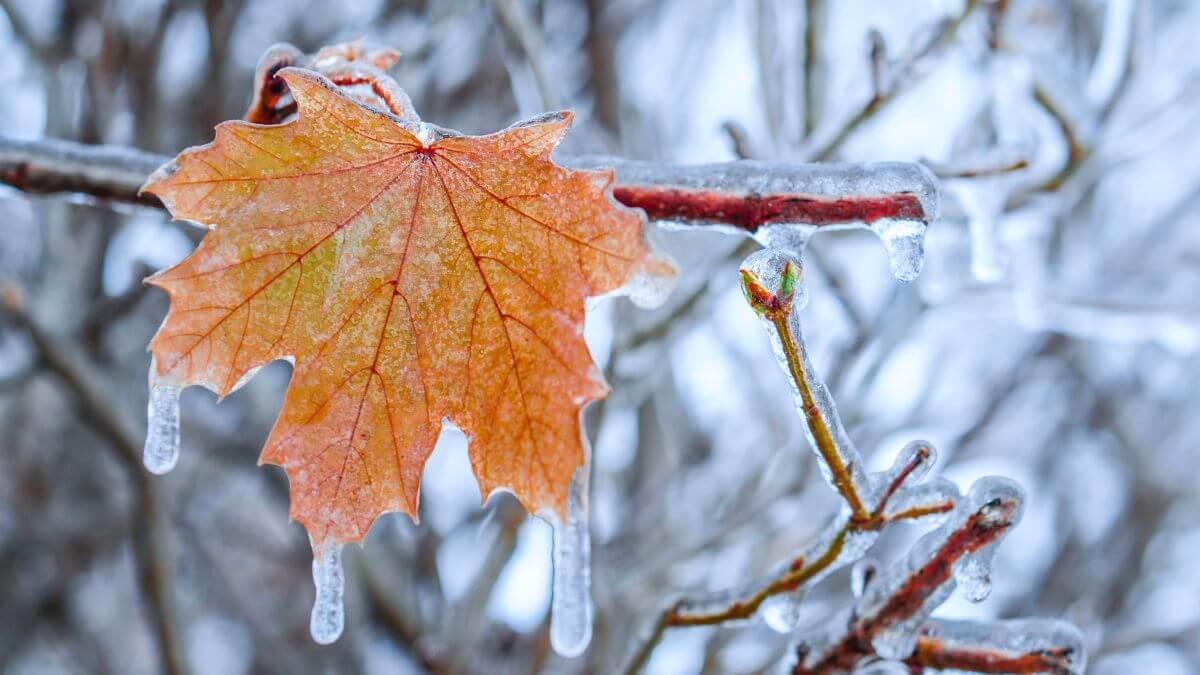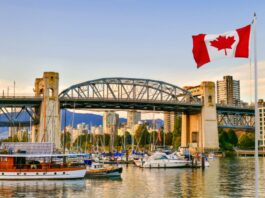Canadians encounter some of the most diverse weather systems on the planet, from the bitter cold winter to the scorching hot summer; torrential rains, blizzards, deadly tornadoes, and devastating droughts. Here are a few odd facts about Canada’s Climate that you might not have known about.
There is a ‘ice canyon’ in Canada.
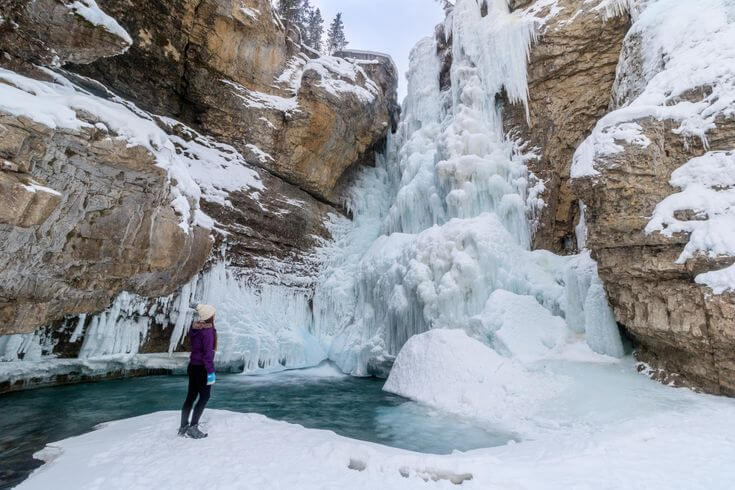
The Labrador River, a counterclockwise whirlpool in the North Atlantic, scooped up glacier fragments from Greenland’s coast. That debris formed icebergs in the sea off Newfoundland’s northeastern shore, where Fogo Island is located. Navigating dangerous shipping lanes; in fact, is where the mighty Titanic sank in 1912. However, it is beneficial to tourism. Iceberg hunters go to the area to observe (safely) from the coast and boast of drinking fresh water from a 10,000-year-old iceberg in the middle of the ocean.
Canada is extremely (really) frigid – Facts About Canada’s Climate
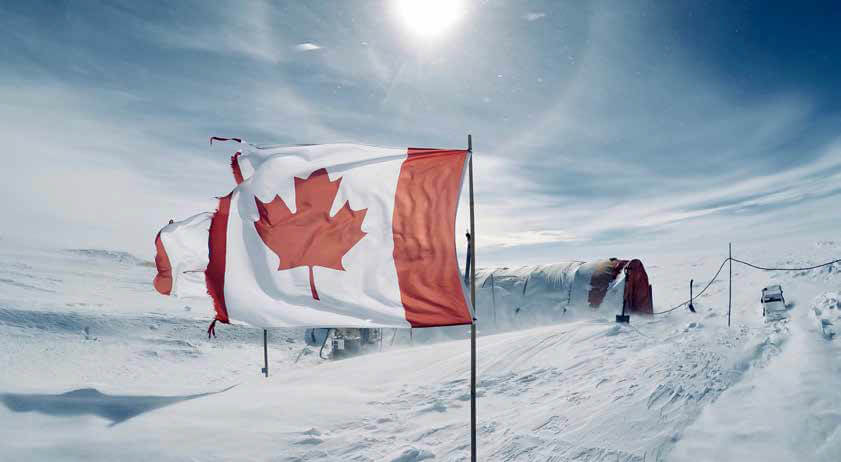
Most Canadians are unsurprised that we are tied with Russia for the title of “coldest country in the world.” The average daily temperature in our vast country is -5.6°C. It was bitterly cold. More people die from exposure to extreme cold than from any other natural disaster (approximately 108). Not to mention Canadian wildlife, which is more vulnerable to Canada’s frigid environment than humans are.
Canada is high and broad, resulting in a variety of climate conditions.
Canada has the most latitude range of any country on the planet. Our southern border is located at the same latitude as northern California, but our northern border extends to the poles. It’s rare to find the same season at the same location at the same time. The North Pole may still be in the grip of a frigid winter in early April, while the South may be experiencing summer-like temperatures. Our weather forecasters are, without a doubt, the busiest persons on the planet!
Southern Alberta is the ‘Chinook’ capital every winter.
Warm, dry winds flow down the slopes of the Rocky Mountains south of Alberta for six months, from November to May. They can generate extreme temperature fluctuations and melt ice within hours, typically traveling at hurricane speeds exceeding 120 kilometers per hour. Pincher Creek’s temperature reached a record 41 degrees Celsius in 1962, rising from -19 to 22 in one hour. Locals who enjoy the winter respite brought by the wind refer to Chinook as “ice eaters.”
Newfoundland is the foggiest place in the world – Facts About Canada’s Climate
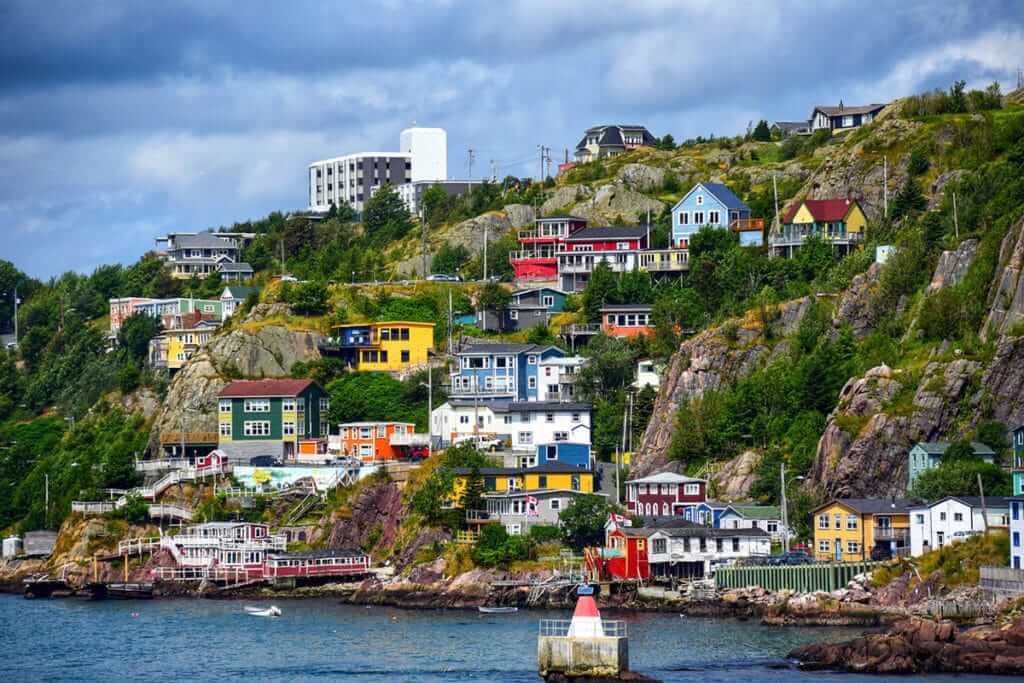
The frigid Labrador Current from the North meets the milder Gulf Stream from the South near the Grand Banks off the coast of Newfoundland. As a result, there are up to 206 foggy days per year. In the summer, it’s cloudy 84% of the time! It is also the world’s richest fishing location, and fog poses a severe threat to ships in the area.
Summer did not exist in Canada in 1816.
If Canadian winters weren’t awful enough, the country’s eastern population went sledding in June and thawed water tanks in July in 1816. Trees lose their leaves, and there have been reports of dead migratory birds on the street.
The unusual weather has fueled anti-American sentiment in Europe. Opponents of migration claim that North America is unwelcoming and getting colder by the year.
While eastern Canada remains chilly, the Arctic warms, causing icebergs to form off the coasts of Nova Scotia and Newfoundland. It was considered at the time that the ice sheets were what caused it to cool, similar to a huge glass of iced lemonade. What is the true cause? Mount Tambora erupted in Indonesia in 1815, blasting tons of ash into the air. As less sunlight reaches the earth, the planet’s surface cools. Volcanic eruptions have altered the climate in a variety of ways around the planet, but Eastern Canadians have been treated to summer not arriving.
Prairies are subjected to high temperatures.
It’s no wonder that Regina, Saskatchewan, located in the heart of the Canadian prairies, has the lowest recorded temperature in the country, -50 degrees Celsius on January 1, 1885, and the warmest, 43.3 degrees Celsius on May 5, 1937. Without adjusting for the effects of a big body of water, the Canadian Prairies were prone to some of Canada’s worst weather.
The North of Canada is a desert.

Northern Canada is extremely cold and dry, with only 10-20 cm of rain per year. Most of the year, average temperatures are below freezing. They limit the number of plant and animal species present in the North. And it’s massive: one-seventh of Canada’s total land area is covered by this polar desert.
The Bay of Fundy has the world’s largest tides.
160 billion tons of seawater pour in and out of this tiny area of Nova Scotia twice a day – more than the total flow of the world’s freshwater rivers combined. The tide reaches a height of 16 meters (the height of a five-story building) and takes around six hours to pass through. The Gulf’s most dramatic tides occur twice a month when the earth, moon, and sun are all aligned and close together. They exert a stronger gravitational force on the ocean, resulting in “spring tides” (not to be confused with seasonal spring).
Windsor is Canada’s stormy capital.
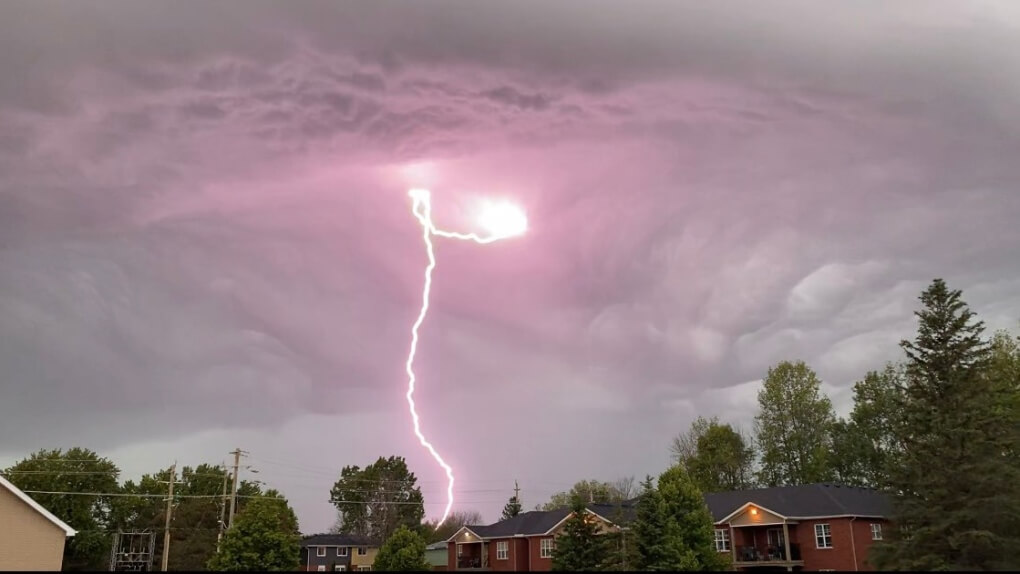
The Gulf of Mexico’s hot, humid air overturns Windsor and the West Basin of Lake Erie, producing ideal conditions for thunderstorms. Every year, approximately 251 lightning strikes per 100 square kilometers occur when minute bits of frozen rain clash in thunderstorm clouds. Electrical charges accumulate in the clouds and are eventually delivered to the ground in the form of lightning.
9 Small Towns in Alberta With Buckets of Charm
Top 7 must-do activities in Montreal, according to a local
In at least 8 ways, Canada is better than the USA. Let’s find out!
